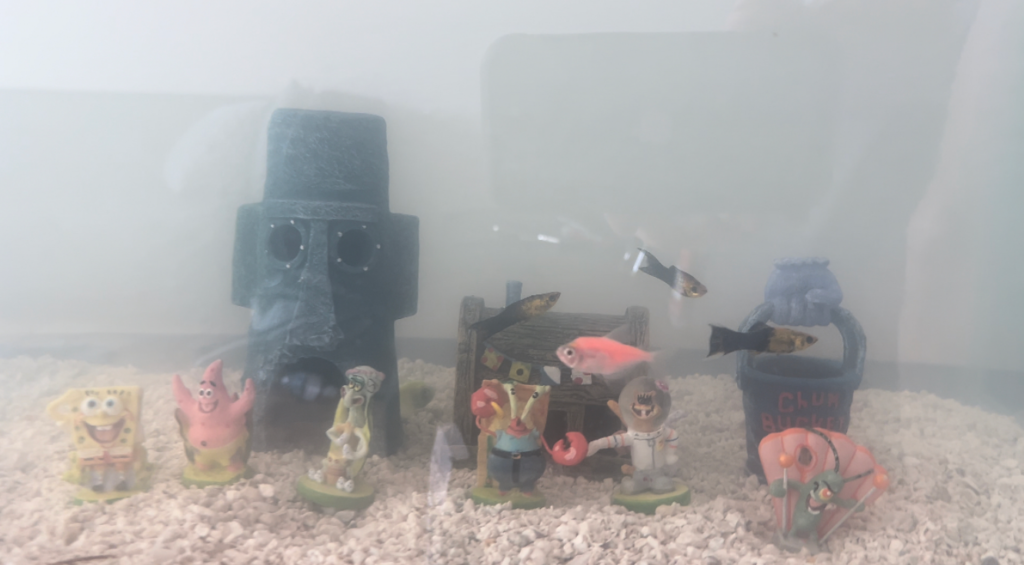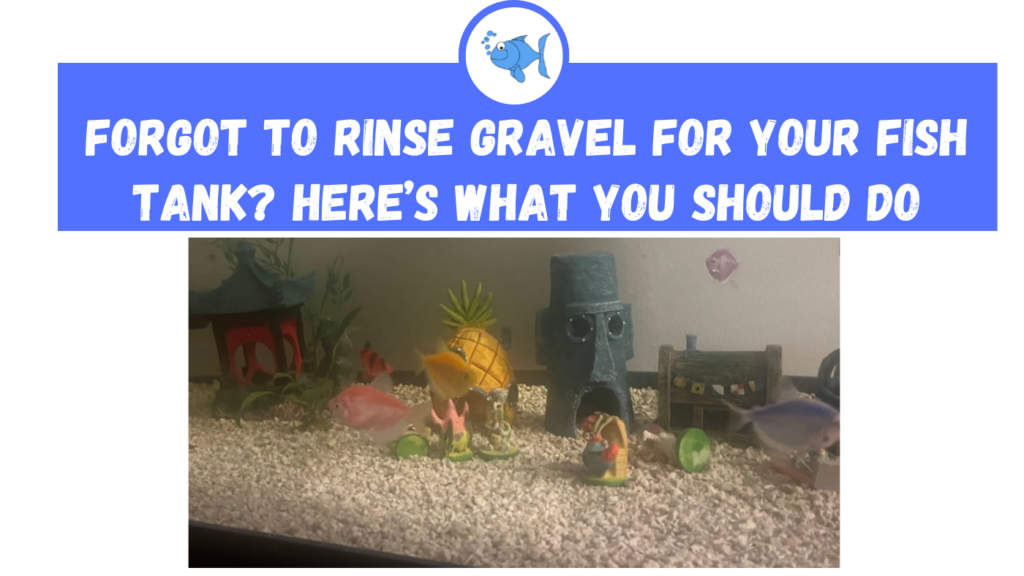As an aquarium enthusiast, you’ve probably encountered those moments of excitement and anticipation when setting up a new fish tank. However, in the midst of all the hustle and bustle, it’s easy to overlook certain crucial steps, like rinsing the gravel. So, if you’ve forgotten to rinse the gravel for your fish tank, don’t panic! In this article, we’ll guide you through the necessary steps to rectify the situation and ensure the well-being of your aquatic friends.
The Importance of Rinsing Gravel for Your Fish Tank:
Before we delve into the solutions, let’s understand why rinsing gravel is a vital step in setting up a healthy aquarium. Gravel often contains dust, debris, and fine particles that can cloud the water and create an unsightly and potentially harmful environment for your fish.
Rinsing the gravel helps remove these impurities, ensuring a clean and clear tank. It also prevents any unwanted chemicals or residues from affecting the water quality.
Steps to Take When You Forget to Rinse Gravel for Your Fish Tank:
When you forget to rinse gravel for your fish tank, you should assess the cloudiness, do a partial water change, vacuum the gravel, and monitor progress.
Step 1: Assess the Current Condition of the Tank
When you realize you forgot to rinse the gravel, take a moment to evaluate the situation. It’s important to note that sometimes your water won’t turn cloudy immediately, and it might become cloudy overnight.
Observe the water clarity and check if there are any visible signs of debris or cloudiness. This assessment will help you determine the severity of the situation and guide your next steps.
I recommend that you wait at least 24 hours before you do anything. A lot of times, your filter will be able to clear up the water in that period. If the water is still cloudy after a day, you should go on to step 2.

Step 2: Partial Water Change
If the water appears cloudy or you notice debris, perform a partial water change. Start by siphoning out approximately 25% of the water into a clean bucket. Be careful not to disturb the gravel bed too much while doing this. Dispose of the old water and replace it with fresh, dechlorinated water at the same temperature as the tank. This process will help remove some of the impurities and alleviate the immediate issue.
Step 3: Vacuum the Gravel
To further address the gravel issue, use a gravel vacuum or siphon to clean the substrate. Gently run the vacuum over the gravel, making sure to reach all areas. This will help remove any loose debris or particles that could be affecting water quality. Take your time and be thorough, paying attention to corners and hard-to-reach spots.
Step 4: Monitor Water Quality and Repeat if Necessary
After performing the partial water change and gravel vacuuming, closely monitor the tank’s water quality over the next few days. Keep an eye on water clarity, ammonia levels, and the behavior of your fish. If needed, perform another partial water change and repeat the gravel vacuuming process to ensure that the tank environment remains clean and healthy.
If your fish tank remains cloudy, you will need to take out the gravel and clean it thoroughly.
Preventive Measures to Ensure a Clean Gravel Bed:
Rinse Gravel Before Use
To avoid encountering this issue in the future, it’s important to establish a routine of rinsing gravel before adding it to your fish tank. Thoroughly rinse the gravel under running water, using a colander or sieve to remove any dust, debris, or impurities.
Take your time and repeat the rinsing process until the water runs clear. This simple step will help maintain a clean and pristine environment for your aquatic pets.
Use a Pre-Washed Gravel Option
If you prefer to skip the rinsing process altogether, you can opt for pre-washed gravel available at some pet stores or online retailers.
Pre-washed gravel has already undergone thorough cleaning processes, reducing the chances of introducing unwanted particles into your fish tank. However, it’s always a good practice to give it a quick rinse before use, just to be on the safe side.
Conclusion:
Forgetting to rinse the gravel for your fish tank can be a common oversight in the excitement of setting up a new aquarium. However, by following the steps mentioned above, you can rectify the situation and ensure a clean and healthy environment for your fish. Remember to assess the condition of the tank, perform partial water changes, vacuum the gravel, and monitor water quality.
Additionally, adopting preventive measures like rinsing gravel before use or opting for pre-washed gravel will help you avoid similar issues in the future. By prioritizing cleanliness and water quality, you’ll provide the best possible habitat for your aquatic companions to thrive and flourish.
Check out my article here to learn more about disposing of unwanted gravel in your tank.
